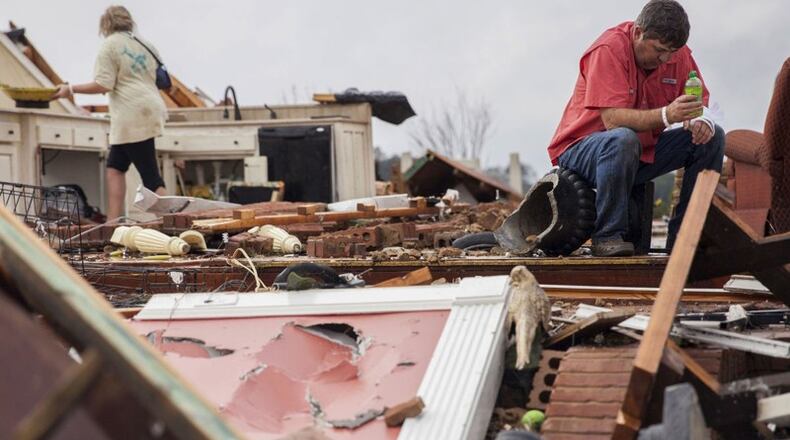House leaders approved adding $5 million to the governor’s emergency fund Tuesday to help deal with the aftermath of killer storms in South Georgia.
The $5 million would be added to Gov. Nathan Deal’s funds meant to deal with things like catastrophic storms or other unexpected expenses. The $5 million would likely be only an initial payment on what the government will spend to help the region.
A House budget subcommittee approved spending the money the morning after South Georgia officials pleaded for help.
Gov. Nathan Deal said he will ask for federal assistance for South Georgia storm victims after FEMA has finished its investigation.
Deal made the announcement at a news conference Monday afternoon, one day after storms killed at least 15 people in South Georgia and four more across the Deep South.
In Dougherty County, where four people perished, local officials expressed frustration and said they felt abandoned by the Federal Emergency Management Agency. The Albany area was still recovering from a devastating tornado Jan. 2 that left a trail of damage in excess of $50 million when they were hit early Sunday with another brutal storm.
"We've been begging for help from FEMA (since Jan. 2) – the reason the federal government exists," County Chairman Christopher S. Cohilas said. "This community was crippled. Our families have been hurting, needing help for some time."
About the Author
Keep Reading
The Latest
Featured



